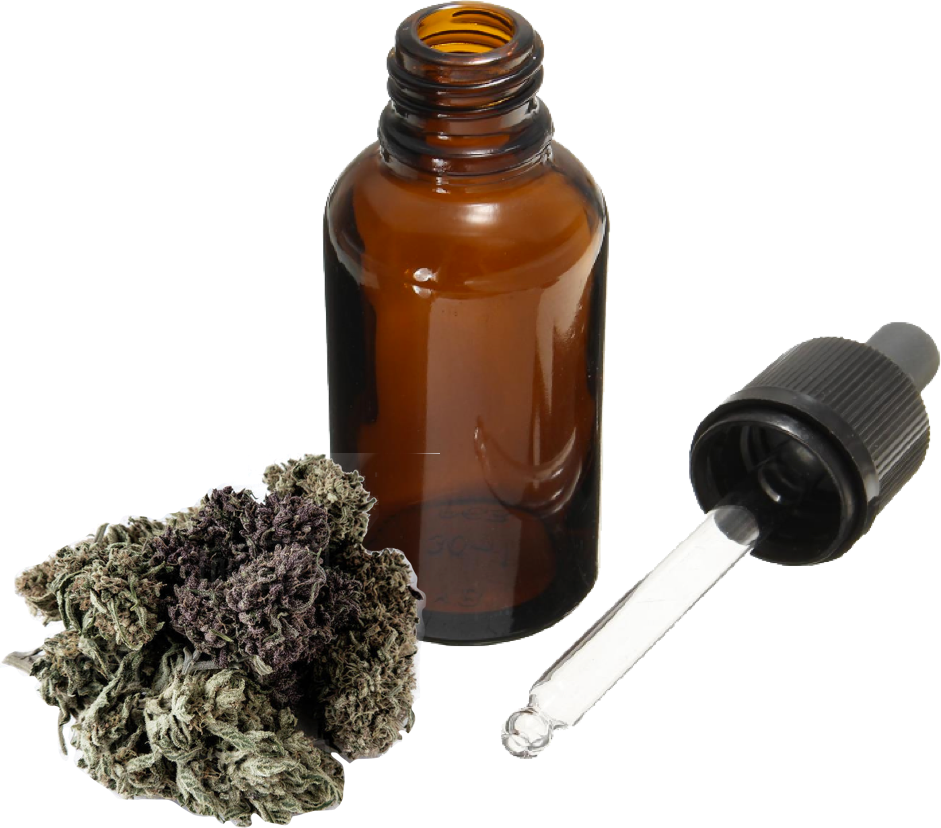WANT A FREE TRACKING JOURNAL?
SIGN UPLEGALIZATION IS HERE
RECREATIONAL, ADULT-USE CANNABIS IS NOW LEGAL IN CANADA.
ARE YOU READY?
It's 2018—we aren't talking about your mother's weed anymore. Things have changed over the last decade, and for many, cannabis is part of an active, healthy lifestyle. Whether you're new to cannabis, are an experienced consumer, or somewhere in between, it's time to familiarize yourself with the modern landscape.
BE SAFE
There has never been a recorded death from a cannabis overdose. That said, it's still important to be safe. "Start low, go slow" has become the mantra of the Canadian cannabis industry--it's good advice, and it makes sure your safety comes first.
DOSING CANNABIS PROPERLY
There are no firm rules when it comes to finding the right cannabis dose because there are so many factors that can impact cannabis's effects on you.
PHYSIOLOGY
Everybody is different, and people's bodies can resond differently. In fact, your own body's response to cannabis can change based on factors like what you've eaten today.
STRAIN
Each strain has its own blend of cannabinoids and terpenes, which means each strain interacts with your body differently.
TIP
The effects of inhaled cannabis are generally felt within a few minutes but the effects of ingested cannabis can take up to two hours to reach full effect
TIP
The effects of inhaled cannabis are generally felt within a few minutes but the effects of ingested cannabis can take up to two hours to reach full effect
FORM
Inhaling cannabis and ingesting cannabis can have very different results. For example, inhaling hits faster, ingesting lasts longer.
VS.
EXPERIENCE
Tolerance levels can change as time passes, meaning cannabis effects are different for experienced consumers versus new users.


START LOW, GO SLOW
The best approach is low and slow.
START LOW
If you're new to cannabis, or if you're trying a new and potentially more potent strain for the first time, it's best to start with a small dose.
GO SLOW
Increase your dosage slowly and pay attention to how it makes you feel. And if you're ingesting cannabis oil or an edible, it's best to wait at least two hours to see what the full effects are before taking more.
TRACK YOUR USAGE
Keep a journal of your cannabis use, making notes about strains, effects and flavours. It's a great way to learn what you like and what you don't.
Click here for a free Sundial tracking journal.Know your cannabis
SATIVA
Sativa plants typically have thin leaves and grow tall. Sativa strains are thought by many to be energizing and uplifting.
INDICA
Indica plants typically have thick leaves and grow short and full. Indica strains are thought by many to be more relaxing and sedating.
HYBRID
Hybrids combine sativa and indica genetics. These plants can have characteristics of either or both plant types.
MODERN CANNABIS
Horticulture has come a long way, and while traditional thinking about the differences between sativas and indicas makes a good rule of thumb, there are plenty of examples of sativas with indicas effects and vice versa. With any new strain, remember to start low, go slow.

CANNABINOIDS
Cannabinoids are chemical compounds that occur naturally in cannabis. When consumed, these compounds interact with endocannabinoid receptors in the human body. There are many different cannabinoids, but the most important two are THC and CBD.
THC
THC is what delivers cannabis's intoxicating effects—it's the thing that makes you "high." All cannabis for sale in Canada will have clearly marked THC levels. The higher the level, the more potent the strain. If you're an inexperienced consumer, you should start with a THC concentration in the low teens or single digits.
TIP
Start with a THC concentration in the single digits or low teens.
CBD
CBD is the most prevalent non-intoxicating cannabinoid. Despite having no immediately apparent effect, CBD is studied and often prescribed for its medicinal value, including as a possible option for people who suffer from pain, migraines, PTSD, ADHD, anxiety and more.

TIP
Start with a THC concentration in the single digits or low teens.
CANNABINOIDS
Cannabinoids are chemical compounds that occur naturally in cannabis. When consumed, these compounds interact with endocannabinoid receptors in the human body. There are many different cannabinoids, but the most important two are THC and CBD.
THC
THC is what delivers cannabis's intoxicating effects—it's the thing that makes you "high." All cannabis for sale in Canada will have clearly marked THC levels. The higher the level, the more potent the strain. If you're an inexperienced consumer, you should start with a THC concentration in the low teens or single digits.
CBD
CBD is the most prevalent non-intoxicating cannabinoid. Despite having no immediately apparent effect, CBD is studied and often prescribed for its medicinal value, including as a possible option for people who suffer from pain, migraines, PTSD, ADHD, anxiety and more.
INHALING VS. INGESTING
Today there are a lot of options when it comes to consuming your cannabis.
SMOKE IT
If you're a traditionalist, rolling a joint or using a pipe is a quick and easy option. The effects of smoked cannabis are generally felt within a few minutes and last for a few hours.
PUT IT UNDER YOUR TONGUE
Cannabis oils can be consumed orally, or added to juice/coffee/etc. When you're ingesting cannabis, the full effects can take up to two hours to kick in and can last as long as 10 hours.
VAPOURIZE IT
Using a vapourizer is similar to smoking but without the combustion. Vapourizers come in many sizes and can cost anywhere from around $60 to $500.
EAT IT
Selling edibles is not legal in Canada, but you can make your own using cannabis or cannabis oils. Be sure to do your research first on preparing foods with cannabis, and take care to ensure nobody unwittingly eats it.
SPECIAL OFFER
Get the
Tracking Journal.
Sign up and receive your free cannabis tracking journal from Sundial.